
Constanta: Romania's Coastal Gem
Discover Constanta, Romania's coastal treasure, where history meets the Black Sea's serene beauty and vibrant modern life.
Constanta, a historic port city on the Black Sea coast of Romania, offers a delightful blend of ancient history and modern charm. The city is home to the famous Casino, an Art Nouveau masterpiece that stands as a testament to Constanta's glamorous past. Visitors can stroll along the picturesque seaside promenade, taking in the fresh sea breeze and stunning views of the Black Sea. Constanta is also known for its rich cultural tapestry. The city boasts numerous museums, such as the National History and Archaeology Museum, where you can learn about the region's fascinating past, from ancient Greek settlements to Roman rule. The Great Mahmudiye Mosque, with its impressive architecture, is another must-see, offering panoramic views of the city from its minaret. For those looking to relax, Constanta's beaches are perfect for sunbathing and swimming. Mamaia, a nearby resort town, is famous for its sandy beaches and vibrant nightlife. Whether you're interested in history, culture, or simply soaking up the sun, Constanta has something for everyone.
Local tips in Constanta Area
- Visit the Casino early in the morning to avoid crowds and enjoy the best lighting for photos.
- Explore the Old Town on foot to fully appreciate its historic architecture and charming streets.
- Try local seafood dishes at a seaside restaurant for a taste of Constanta's culinary delights.
- Check out the events calendar for Mamaia, especially during summer, for festivals and concerts.
- Bring comfortable walking shoes as many attractions are best explored on foot.
Constanta: Romania's Coastal Gem
Constanta, a historic port city on the Black Sea coast of Romania, offers a delightful blend of ancient history and modern charm. The city is home to the famous Casino, an Art Nouveau masterpiece that stands as a testament to Constanta's glamorous past. Visitors can stroll along the picturesque seaside promenade, taking in the fresh sea breeze and stunning views of the Black Sea. Constanta is also known for its rich cultural tapestry. The city boasts numerous museums, such as the National History and Archaeology Museum, where you can learn about the region's fascinating past, from ancient Greek settlements to Roman rule. The Great Mahmudiye Mosque, with its impressive architecture, is another must-see, offering panoramic views of the city from its minaret. For those looking to relax, Constanta's beaches are perfect for sunbathing and swimming. Mamaia, a nearby resort town, is famous for its sandy beaches and vibrant nightlife. Whether you're interested in history, culture, or simply soaking up the sun, Constanta has something for everyone.
When is the best time to go to Constanta Area?
Iconic landmarks you can’t miss
The Dolphinarium of Constanța
Explore the magical world of marine life at the Dolphinarium of Constanța, featuring captivating dolphin shows and immersive aquatic exhibits.
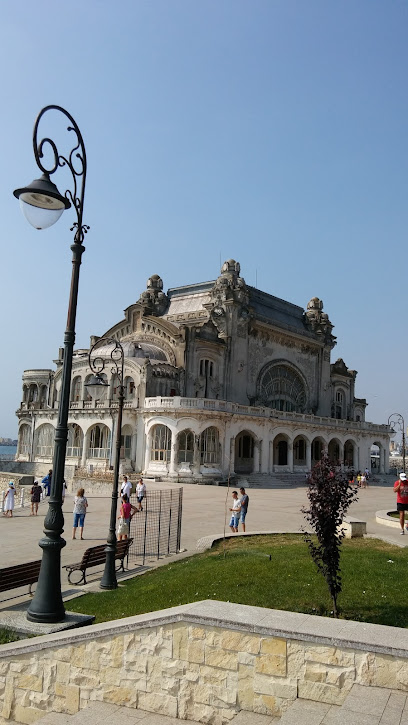
The Touristic Port
Discover the beauty and history of Constanța's Touristic Port, a vibrant marina offering stunning views, local cuisine, and rich maritime heritage.
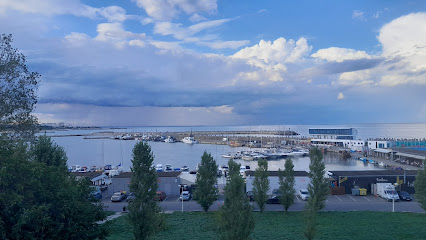
The Casino's Promenade
Discover the stunning Casino's Promenade in Constanța, where history meets breathtaking sea views and vibrant local culture awaits.

Luna Park
Experience the joy of Luna Park in Constanța, Romania—an amusement park brimming with rides, games, and delicious treats for the whole family.
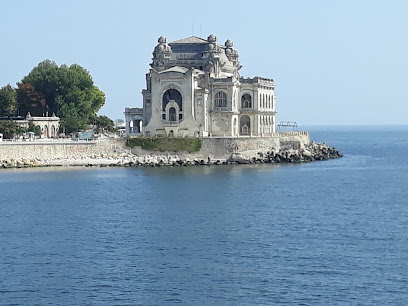
The Casino of Constanța
Discover the Casino of Constanța, a historical landmark showcasing stunning Art Nouveau architecture and rich cultural heritage along the Black Sea.
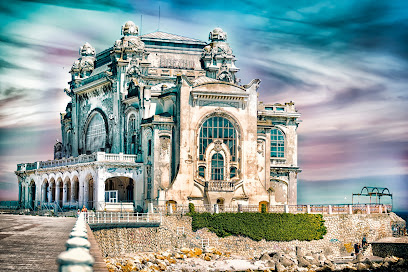
Aqua Magic Mamaia
Dive into fun at Aqua Magic Mamaia, the ultimate water park experience in Constanța, Romania, featuring thrilling slides and relaxing pools for all ages.
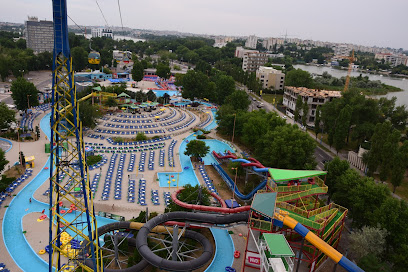
Acvariul din Constanța
Explore the mesmerizing underwater world at Acvariul din Constanța, home to a diverse collection of marine species and educational exhibits.
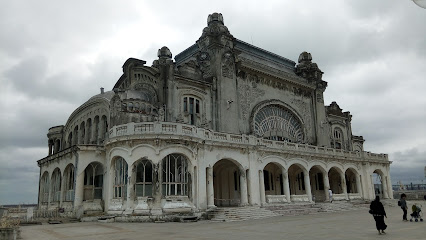
Ovidius Square
Discover the historical charm of Ovidius Square, a cultural heart of Constanța surrounded by stunning architecture and vibrant local life.
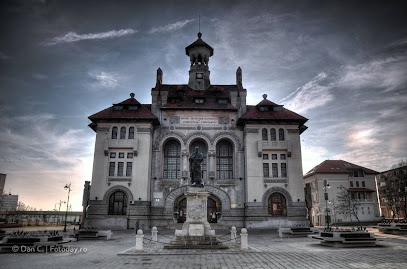
Museum of National History and Archeology
Explore Romania's rich heritage at the Museum of National History and Archeology in Constanța, where history comes alive through ancient artifacts and engaging exhibits.
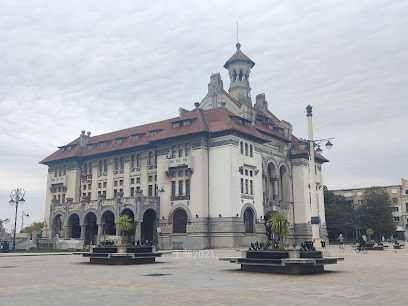
The Museum of Romanian Navy
Explore Romania's maritime history at The Museum of Romanian Navy, featuring fascinating artifacts and engaging exhibits in Constanța.
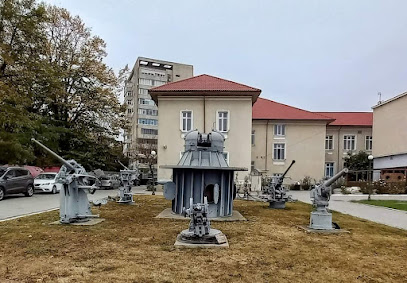
The Great Mosque of Constanța
Explore The Great Mosque of Constanța, the largest mosque in Romania, blending stunning architecture with a rich history in a vibrant coastal city.
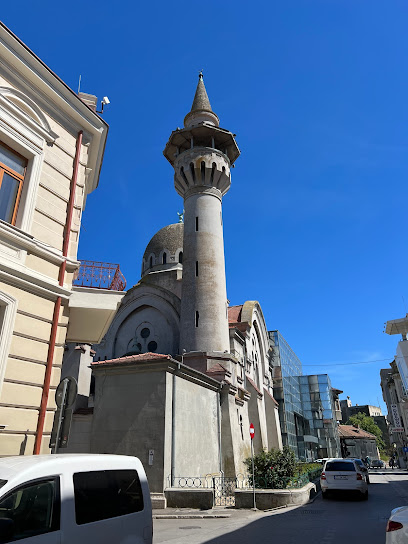
Park House of Culture
Discover the lush landscapes and cultural vibrancy of Park House of Culture in Constanța, a perfect blend of nature and art, ideal for visitors of all ages.
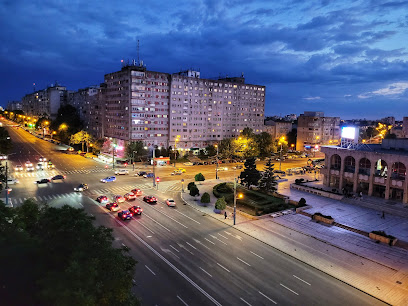
The Microreservation in Constanța
Explore The Microreservation in Constanța, a captivating animal park showcasing diverse wildlife and dedicated to nature conservation, perfect for all ages.
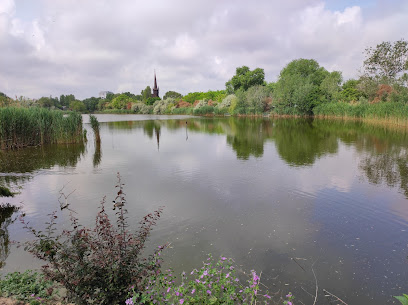
Victory Monument
Explore the Victory Monument in Constanța, a symbol of resilience surrounded by lush greenery, merging history with natural beauty.
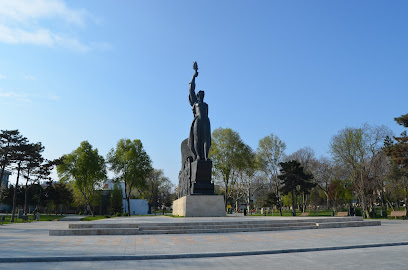
Mamaia beach, Constanta Romania
Experience the vibrant atmosphere and stunning beauty of Mamaia Beach, a premier destination on Romania's Black Sea coast, perfect for sun and fun.

Unmissable attractions to see
The Art Museum of Constanța
Explore Romania's artistic legacy at The Art Museum of Constanța, featuring stunning collections of Romanian art and captivating exhibitions.
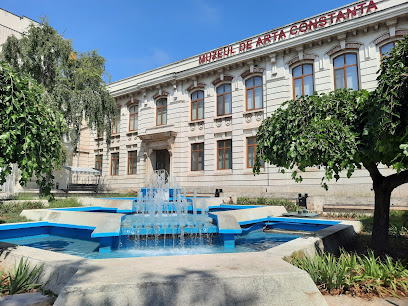
Parcul Arheologic
Explore the ancient wonders of Parcul Arheologic in Constanța, where history comes alive among fascinating ruins and archaeological treasures.
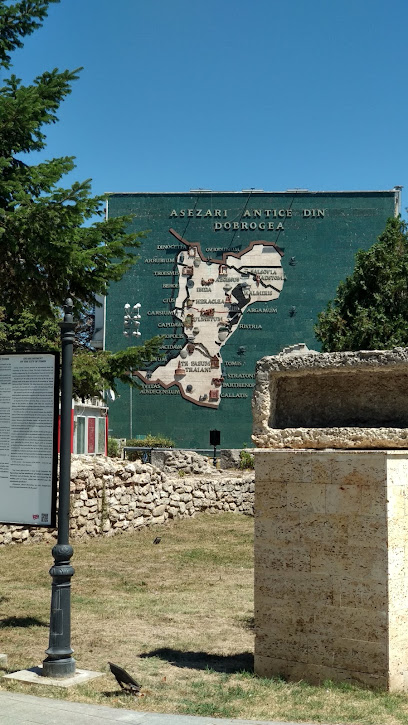
Trainstation Park's Fountain
Discover the mesmerizing beauty of Trainstation Park's Fountain in Constanța, a perfect blend of art, nature, and relaxation amidst vibrant city life.
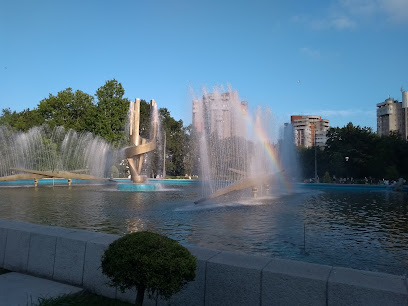
The Dam Green Lighthouse.
Discover the enchanting Dam Green Lighthouse in Constanța, a historic beacon offering stunning views and a glimpse into maritime heritage.
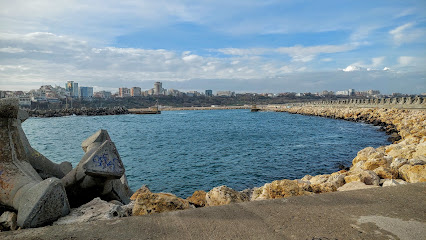
Essential places to dine
La Scoica
Discover authentic Romanian flavors at La Scoica in Constanța – where every dish tells a story.
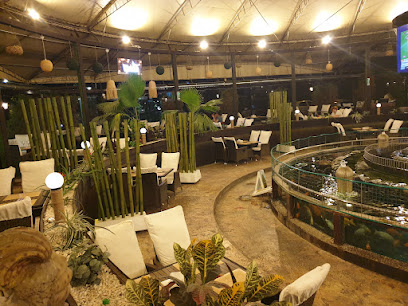
Nikos
Discover the authentic flavors of Greece at Nikos Greek Taverna in Constanța - a culinary gem offering delicious dishes and warm hospitality.
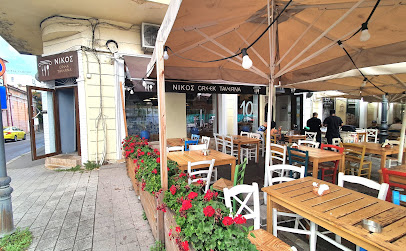
Reyna Restaurant
Experience authentic Romanian cuisine at Reyna Restaurant in Constanța - where every dish tells a story.
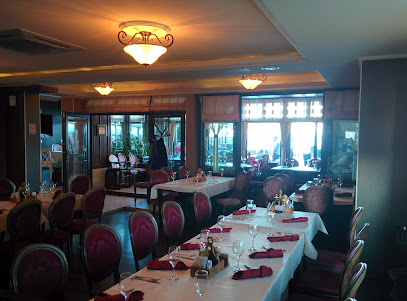
Restaurant Konak
Experience authentic Turkish flavors at Restaurant Konak in Constanța - a culinary gem offering delicious dishes and a welcoming atmosphere.
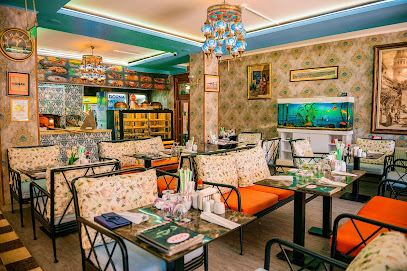
Irish Pub
Discover authentic Irish cuisine and vibrant atmosphere at Constanța's beloved Irish Pub - where every visit feels like home.
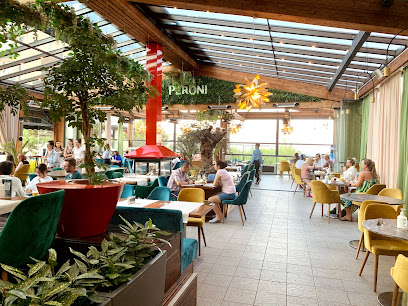
Marco Polo
Indulge in authentic Italian cuisine at Marco Polo in Constanța - where every meal tells a story of tradition and flavor.
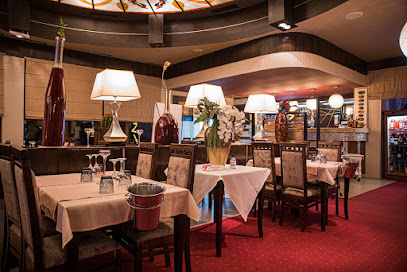
Bacaro
Experience exquisite dining at Bacaro in Constanța—where culinary excellence meets breathtaking seaside views.
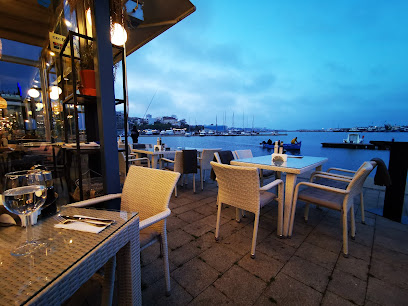
Pizzico Restaurant
Experience the best of local cuisine at Pizzico Restaurant in Constanța – where every dish tells a story.
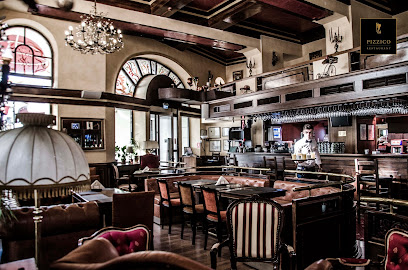
Nikos Greek Taverna Cazino Mamaia
Experience authentic Greek cuisine at Nikos Greek Taverna in Mamaia – where flavor meets hospitality by the sea.
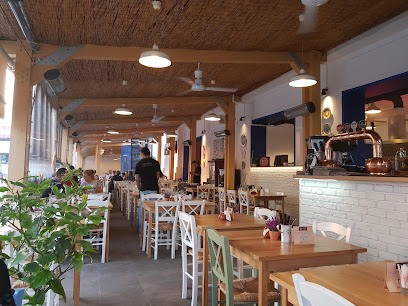
The View
Discover The View: where exquisite cuisine meets breathtaking vistas in the heart of Constanța.
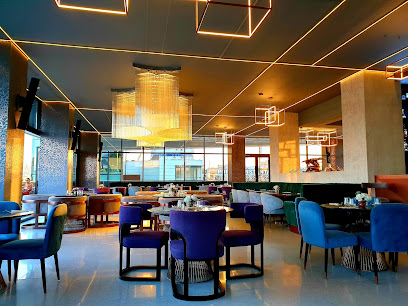
Toscana Restaurant
Savor authentic Italian cuisine amidst beautiful gardens at Toscana Restaurant in Constanța – where every meal is a celebration of flavor.
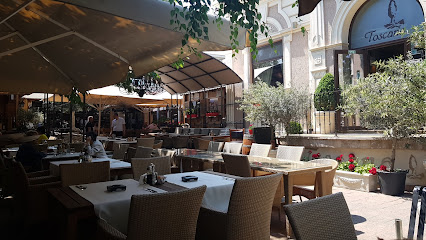
Terasa Andreea
Experience exquisite dining at Terasa Andreea in Constanța's Mamaia district—where culinary delights meet breathtaking sea views.
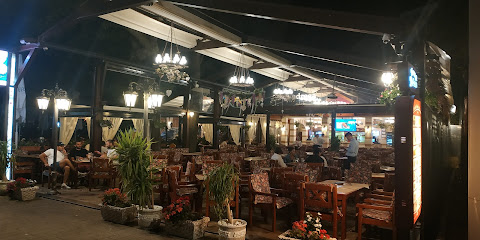
Mangia-Mangia
Experience authentic Italian cuisine at Mangia-Mangia in Constanța – where every meal is a delicious journey into Italy's culinary heart.
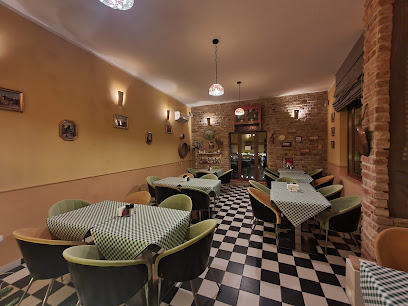
Restaurant On Plonge Jr.
Discover the flavors of Romania at Restaurant On Plonge Jr., where culinary excellence meets stunning seaside views on Mamaia Boulevard.
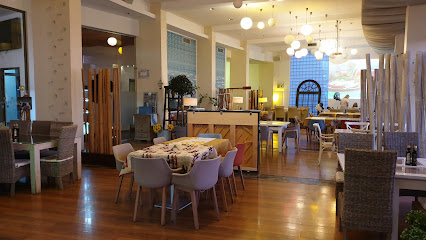
Bueno
Experience the best of Romanian cuisine at Bueno in Constanța—where local flavors meet international flair in a warm and welcoming atmosphere.
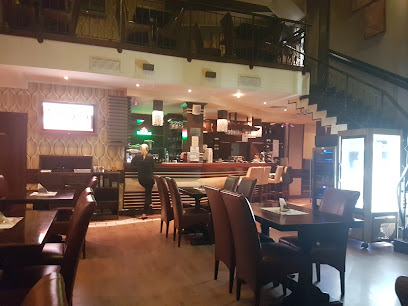
Markets, malls and hidden boutiques
City Park Mall
Explore the vibrant City Park Mall in Constanța, where shopping meets entertainment in a modern setting with diverse dining options.
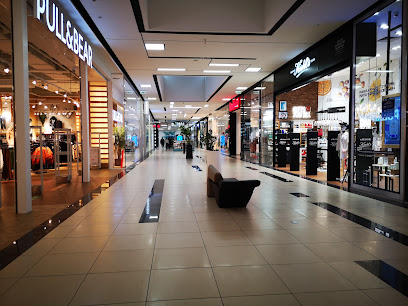
VIVO! Constanța
Discover unparalleled shopping, dining, and entertainment at VIVO! Constanța, the ultimate retail destination along Romania's stunning Black Sea coast.
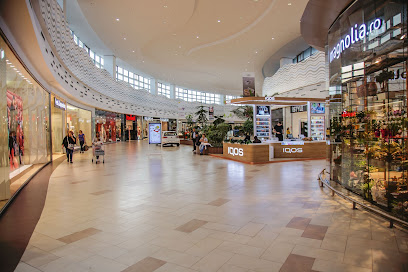
Tomis Mall
Explore Tomis Mall in Constanța for an unforgettable shopping experience with a diverse mix of stores, dining, and entertainment options.
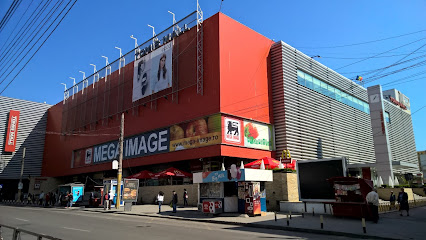
Travel FREE Shop Constanţa
Discover a shopping paradise at Travel FREE Shop Constanţa, where local treasures and international finds await every visitor.

China Mall
Discover the vibrant atmosphere and diverse offerings of China Mall in Constanța, a shopping paradise with a cultural twist.
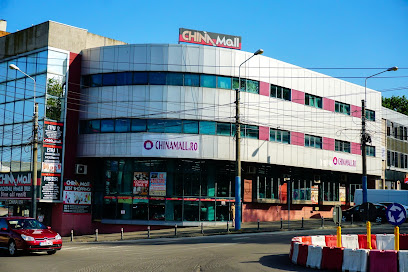
City Park Management S.R.L.
Discover stylish clothing for men and women at City Park Management S.R.L. in Constanța - a fashion hub blending quality and affordability.
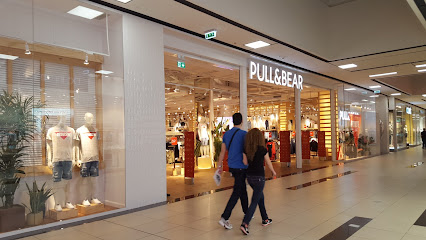
Top Shop
Explore Top Shop in Constanța for a diverse selection of appliances, bedding, and home goods tailored to meet all your needs.

Nike Store
Explore the Nike Store in Constanța for the latest in sportswear and stylish athletic gear, perfect for all your active adventures.
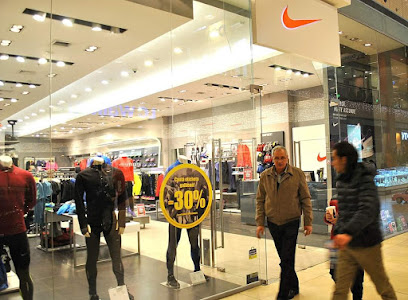
H&M
Explore fashion without the hefty price tag at H&M in Constanța, where trendy clothing meets affordability for every visitor.
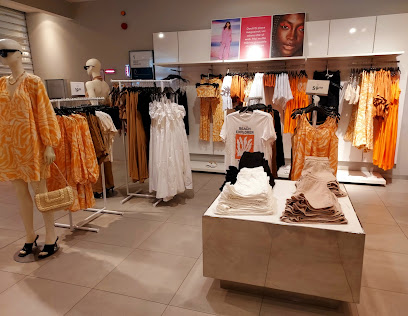
Galeriile Ciote
Explore Galeriile Ciote, a premier shopping mall in Constanța, where retail, dining, and entertainment come together for an unforgettable experience.

Tomis Antiques
Explore Tomis Antiques in Constanța for a unique selection of vintage treasures and souvenirs that capture the essence of Romanian culture.
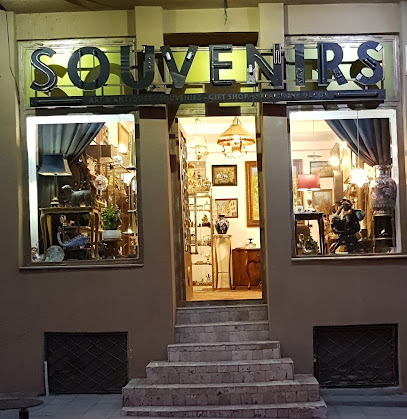
CraftStore
Explore your creativity at CraftStore in Constanța, where hobbyists find inspiration and supplies for every project.

EAST SHOP Magazin Universal (China Mall Galeriile Unirii)
Discover an exciting shopping adventure at EAST SHOP Magazin Universal in Constanța, where vibrant culture meets a diverse retail experience.
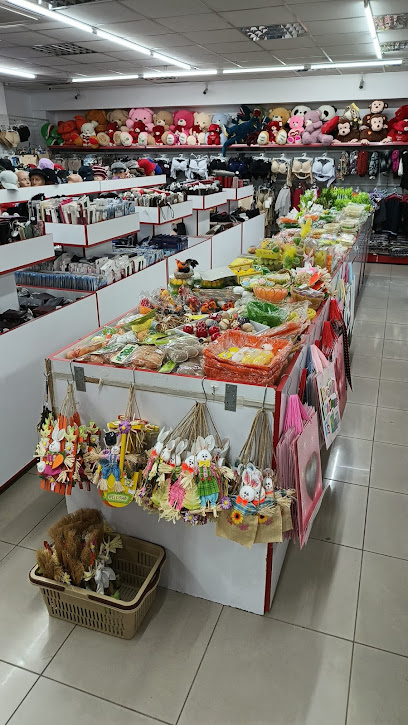
Optima Store
Discover unique local crafts and exclusive products at Optima Store, a boutique gem in Constanța, Romania.
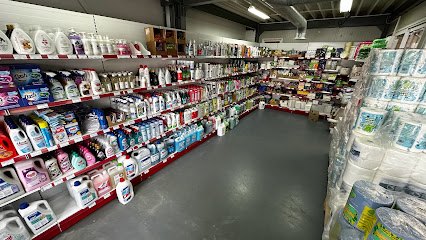
ArtAntik Gallery
Explore the unique blend of art and history at ArtAntik Gallery in Constanța, where every piece has a story to tell.
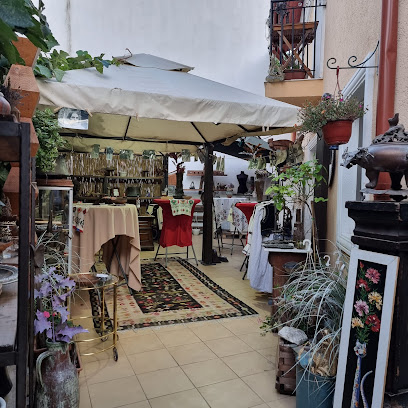
Essential bars & hidden hideouts
Barrels Pub
Experience the vibrant nightlife at Barrels Pub, a lively spot in Constanța offering delicious food, a wide drink selection, and a welcoming atmosphere.
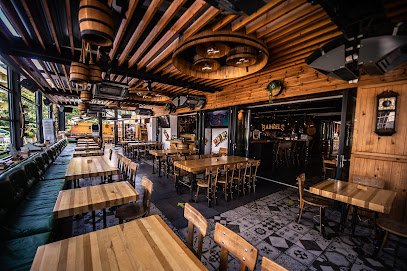
Irish Pub
Discover the heart of Irish culture in Constanța at the Irish Pub, offering a delightful menu and vibrant atmosphere for all visitors.
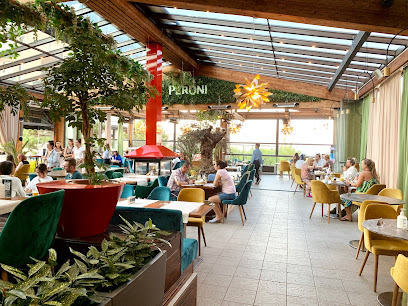
Souvlaki Bar
Experience authentic Greek flavors at Souvlaki Bar in Constanța, where every dish is a celebration of Mediterranean cuisine.
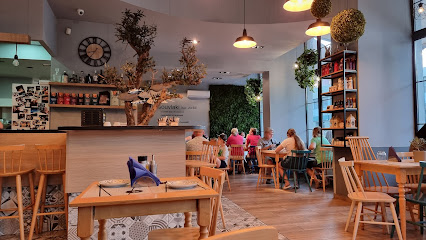
London Pub
Discover the vibrant atmosphere of London Pub in Constanța, a perfect blend of traditional and modern gastropub dining.
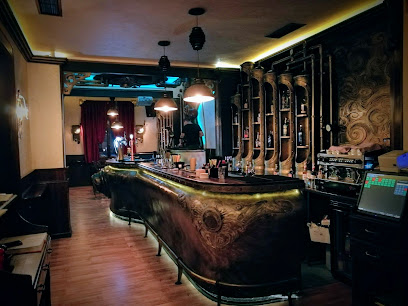
Tomis Pub
Discover the vibrant flavors and welcoming atmosphere of Tomis Pub in Constanța, where local cuisine meets lively ambiance.
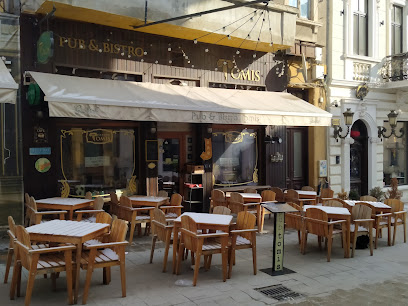
The Couch Bistro Pub
Discover the perfect blend of relaxation, flavor, and entertainment at The Couch Bistro Pub in Constanța, where every visit is a unique experience.
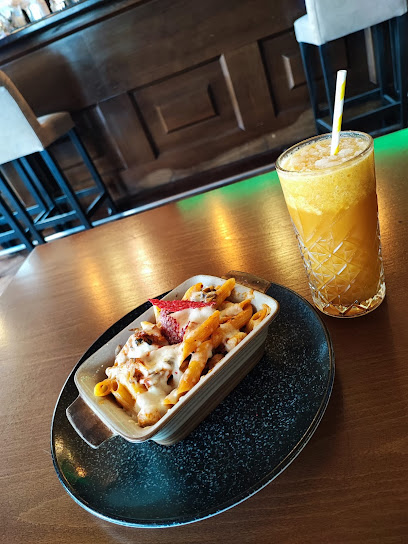
Zig Zag Pub
Discover Zig Zag Pub in Constanța: A cozy spot for brunch, drinks, and relaxation amidst vibrant local culture.
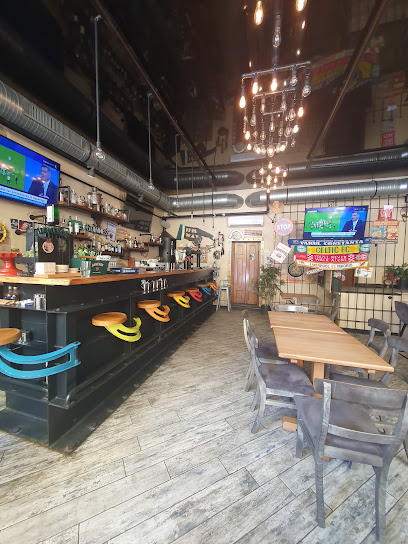
Fratelli Beach & Ristorante
Discover Fratelli Beach & Ristorante in Mamaia, where exquisite dining meets vibrant nightlife on the stunning Black Sea coast.
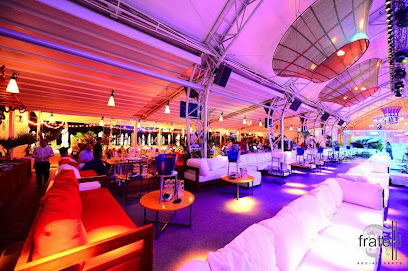
Barissimo
Experience the vibrant flavors of Constanța at Barissimo, where local cuisine meets contemporary dining in a lively gastropub setting.
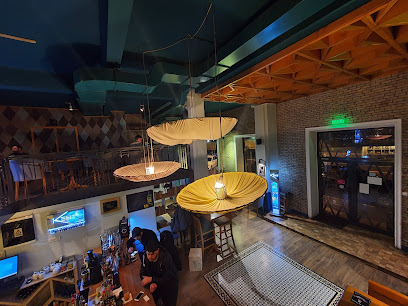
IQ PUB
Discover the vibrant nightlife of Constanța at IQ PUB, a perfect venue for drinks, socializing, and local entertainment.
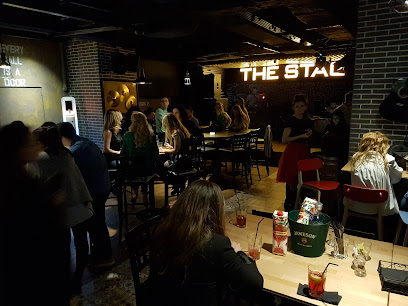
NEXT Pub
Discover the charm of NEXT Pub in Constanța, where family-friendly dining meets delightful culinary offerings in a warm atmosphere.
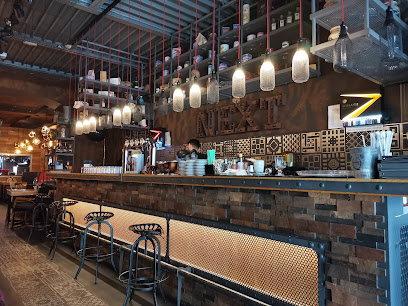
The Library
Discover The Library in Constanța, a charming pub perfect for relaxation and socializing with a wide selection of drinks and a cozy atmosphere.
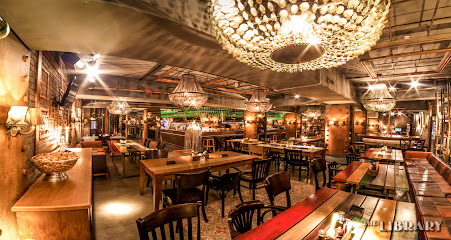
Rozmarine
Discover the taste of authentic Romanian cuisine at Rozmarine in Constanța, where fresh ingredients meet exceptional service in a cozy atmosphere.
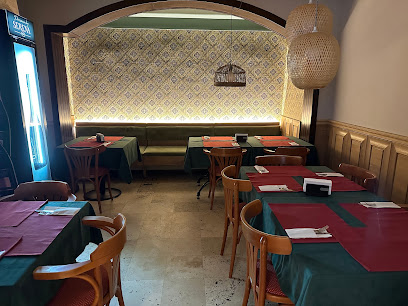
Friday Resto Pub
Discover the lively atmosphere and delicious menu at Friday Resto Pub, a must-visit spot in Constanța for a delightful dining experience.
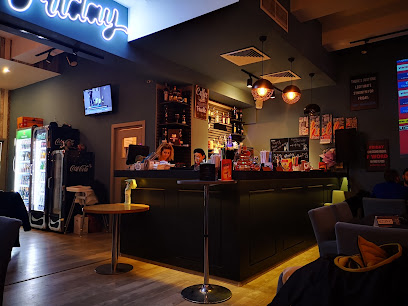
HYPSO25
Experience the unique flavors of Constanța at HYPSO25 Bistro - a culinary gem blending local traditions with modern cuisine.
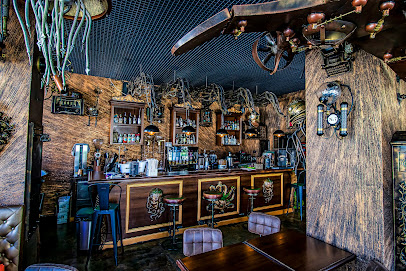
Local Phrases about Constanta Area
-
- HelloSalut
[Sa-lut] - GoodbyeLa revedere
[La re-ve-de-re] - YesDa
[Da] - NoNu
[Nu] - Please/You're welcomeTe rog
[Te rog] - Thank youMulțumesc
[Mul-tsu-mesk] - Excuse me/SorryScuzați-mă
[Sku-zați-mă] - How are you?Ce faci?
[Ce fa-chi] - Fine. And you?Bine. Și tu?
[Bi-ne. Shi tu] - Do you speak English?Vorbiți engleză?
[Vor-biți en-gleză] - I don't understandNu înțeleg
[Nu în-te-leg]
- HelloSalut
-
- I'd like to see the menu, pleaseAș dori să văd meniul, vă rog
[Ash do-ri să vad me-niul, va rog] - I don't eat meatNu mănânc carne
[Nu mă-nânc car-ne] - Cheers!Noroc!
[No-roc] - I would like to pay, pleaseAș dori să plătesc, vă rog
[Ash do-ri să plă-tesc, va rog]
- I'd like to see the menu, pleaseAș dori să văd meniul, vă rog
-
- Help!Ajutor!
[A-ju-tor] - Go away!Du-te!
[Du-te] - Call the Police!Sunați Poliția!
[Su-nați Po-li-ția] - Call a doctor!Sunați un doctor!
[Su-nați un doc-tor] - I'm lostM-am pierdut
[M-am pier-dut] - I'm illSunt bolnav
[Sunt bol-nav]
- Help!Ajutor!
-
- I'd like to buy...Aș dori să cumpăr...
[Ash do-ri să cum-păr] - I'm just lookingDoar mă uit
[Do-ar mă uit] - How much is it?Cât costă?
[Cât cos-tă] - That's too expensiveEste prea scump
[Es-te pre-a scump] - Can you lower the price?Puteți să scădeți prețul?
[Pu-teți să scă-deți pre-țul]
- I'd like to buy...Aș dori să cumpăr...
-
- What time is it?Cât este ceasul?
[Cât es-te cea-sul] - It's one o'clockEste ora unu
[Es-te ora u-nu] - Half past (10)Jumătate (la zece)
[Ju-mă-ta-te (la ze-ce)] - MorningDimineața
[Di-mi-ne-a-ța] - AfternoonDupă-amiază
[Du-pă-a-mi-a-ză] - EveningSeara
[Se-a-ra] - YesterdayIeri
[Ie-ri] - TodayAstăzi
[As-tă-zi] - TomorrowMâine
[Mâi-ne] - 1Unu
[U-nu] - 2Doi
[Do-i] - 3Trei
[Tre-i] - 4Patru
[Pa-tru] - 5Cinci
[Cin-ci] - 6Șase
[Șa-se] - 7Șapte
[Șap-te] - 8Opt
[Opt] - 9Nouă
[No-uă] - 10Zece
[Ze-ce]
- What time is it?Cât este ceasul?
-
- Where's a/the...?Unde este unul/un...
[Un-de es-te u-nul/un] - What's the address?Care este adresa?
[Ca-re es-te adre-sa] - Can you show me (on the map)?Puteți să-mi arătați (pe hartă)?
[Pu-teți să-mi a-ră-tați (pe har-tă)] - When's the next (bus)?Când este următorul (autobuz)?
[Când es-te ur-mă-to-rul (au-to-buz)] - A ticket (to ....)Un bilet (spre ....)
[Un bi-let (spre)]
- Where's a/the...?Unde este unul/un...
History of Constanta Area
-
The history of Constanta begins with the establishment of the Greek colony of Tomis around 600 BCE. Founded by settlers from Miletus, Tomis quickly became an important trading hub due to its strategic location on the Black Sea coast. The city thrived on commerce, exchanging goods like wine, olive oil, and ceramics with neighboring regions. It was during this period that the city developed its rich cultural and architectural heritage, with temples, theaters, and public buildings that showcased the grandeur of ancient Greek civilization.
-
In the 1st century BCE, the region came under Roman control, and Tomis was incorporated into the province of Moesia Inferior. Renamed Constantiana in honor of Emperor Constantine the Great, the city flourished as a Roman metropolis. The Romans left behind an enduring legacy, including the Great Mosaic Edifice, an impressive archaeological site featuring intricate mosaics that depict scenes from daily life and mythology. The city also became a significant center for early Christianity, with numerous churches and religious artifacts discovered from this period.
-
During the Middle Ages, Constanta experienced a turbulent history marked by invasions and changing rulers. Under Byzantine control, the city served as a vital outpost against barbarian incursions. The Genoese traders later established a presence in the area during the 13th century, bolstering Constanta's role in Black Sea commerce. This era saw the construction of fortifications and the development of a multicultural society, influenced by Byzantine, Genoese, and local traditions.
-
In the late 15th century, Constanta fell under Ottoman rule and was known as Köstence. The city became an important administrative center and a bustling port within the Ottoman Empire. The Ottomans constructed mosques, baths, and other public buildings that reflected their architectural style and cultural influence. Despite periods of decline, Köstence remained a key hub for trade and cultural exchange between Europe and Asia.
-
The 19th century brought significant changes to Constanta as it became part of the newly formed Romanian state in 1878 following the Russo-Turkish War. The city underwent rapid modernization, with the construction of new infrastructure, including the Constanta Casino, a symbol of the city's prosperity and elegance. The port of Constanta was expanded, making it one of the most important maritime gateways in Southeastern Europe. This period also saw a cultural renaissance, with the establishment of museums, theaters, and educational institutions.
-
The 20th century was a time of both challenges and growth for Constanta. The city faced the ravages of both World Wars, during which it suffered significant damage. However, in the post-war era, Constanta experienced substantial development, becoming an industrial and tourist center. The expansion of the port and the rise of the tourism industry transformed Constanta into a vibrant, modern city. Today, visitors can explore its rich history through its well-preserved archaeological sites, museums, and historical landmarks.
Constanta Area Essentials
-
Constanta is accessible via several modes of transportation. The nearest international airport is Mihail Kogălniceanu International Airport (CND), located about 25 kilometers north of Constanta. From the airport, you can take a taxi, shuttle bus, or rent a car to reach the city. Constanta is also well-connected by train, with regular services from Bucharest and other major cities in Romania. The train station, Gara Constanta, is centrally located. Additionally, long-distance buses operate from various parts of the country and neighboring countries to Constanta.
-
Constanta offers several transportation options for getting around. Public buses and minibuses (microbuze) are the most common and affordable means of transport within the city and its surroundings. Taxis are also readily available and can be hailed on the street or booked via mobile apps. Car rental services are present for those who prefer to explore at their own pace. For a scenic experience, consider taking a ferry or boat tour along the Black Sea coast.
-
The official currency in Romania is the Romanian Leu (RON). Credit and debit cards are widely accepted in hotels, restaurants, and shops in Constanta. However, it is advisable to carry some cash for smaller establishments and markets. ATMs are plentiful in the city, and currency exchange offices offer competitive rates. It's a good idea to inform your bank about your travel plans to avoid any issues with card transactions.
-
Constanta is generally a safe destination for tourists. However, it is important to take standard precautions. Avoid displaying valuables openly and be cautious in crowded areas, such as markets and public transport, to prevent pickpocketing. Some areas, particularly around the port and certain neighborhoods, may have higher crime rates, so it is best to avoid these after dark. Always use reputable taxi services and stay aware of your surroundings.
-
In case of an emergency, dial 112, the European emergency number, for police, fire, or medical assistance. Constanta has several hospitals and clinics that provide medical care. It is recommended to have travel insurance that covers medical emergencies. For minor health issues, pharmacies are widely available and can provide over-the-counter medications. The local police and tourist police are available to assist with any safety concerns.
-
Fashion: Do dress comfortably and appropriately for the weather. When visiting religious sites, dress modestly and avoid wearing revealing clothing. Religion: Do respect local customs and traditions. Be mindful of religious practices, especially in churches and mosques. Public Transport: Do validate your ticket when using public transport. Don't eat or drink on public transport. Greetings: Do greet people with a handshake and maintain eye contact. Using 'Buna ziua' (Good day) is a polite way to greet locals. Eating & Drinking: Do try local dishes and drinks. Don't rush meals; dining is often a leisurely activity in Romania.
-
To experience Constanta like a local, visit the local markets such as Piața Ovidiu, where you can find fresh produce and traditional Romanian goods. Explore the old town, which offers a glimpse into the city's rich history and architecture. Engage with locals, as they are often friendly and eager to share stories about the area. Don't miss the chance to visit the beach and enjoy the Black Sea's beauty. For a unique experience, take a stroll along the harbor and enjoy the maritime atmosphere.
Trending Landmarks in Constanta Area
-
The Dolphinarium of Constanța
-
The Touristic Port
-
The Casino's Promenade
-
Luna Park
-
The Casino of Constanța
-
Aqua Magic Mamaia
-
Acvariul din Constanța
-
Ovidius Square
-
Museum of National History and Archeology
-
The Museum of Romanian Navy
-
The Great Mosque of Constanța
-
Park House of Culture
-
The Microreservation in Constanța
-
Victory Monument
-
Mamaia beach, Constanta Romania
Nearby Cities to Constanta Area
-
Things To Do in Varna
-
Things To Do in Shumen
-
Things To Do in Focsani
-
Things To Do in Bucharest
-
Things To Do in Burgas
-
Things To Do in Ruse
-
Things To Do in Brasov
-
Things To Do in Gabrovo
-
Things To Do in Tiraspol
-
Things To Do in Pitesti
-
Things To Do in Stara Zagora
-
Things To Do in Chișinău
-
Things To Do in Pleven
-
Things To Do in Iasi
-
Things To Do in Istanbul













